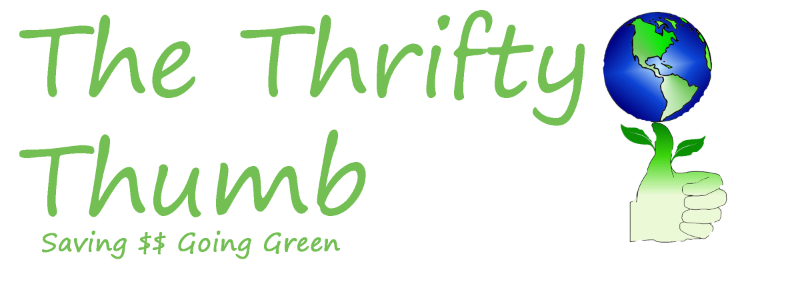(THIS PAGE IS A WORK IN PROGRESS AND IS BEING ADDED TO AS I DO MY OWN RESEARCH. UNFORTUNATELY, HERE IN NJ, WE STILL HAVE PLENTY OF WINTER LEFT. THANKS TO THE LOVELY LADIES ON DS FOR ALL THE IDEAS SO FAR!)
HARDINESS ZONES
If you are new to planting, you must first learn which zone your home falls into. This map shows the zones for North America (including Canada for our Canadian friends!).
Zone 1 - Average dates the last frost: June 1 - June 30. Average date of the first frost: July 1 - July 30. Vulnerable to frost 365 days per year
Zone 2 - Average dates the last frost: May 1 - May 31. Average dates first frost: August 1 - August 31.
Zone 3 - Average dates the last frost : May 1 - May 31. Average dates first frost: Sept. 1 - Sept 30.
Zone 4 - Average dates the last frost: May 1 - May 31. Average dates first frost: Sept. 1 - Sept 30.
Zone 5 - Average dates the last frost: March 30 - April 30. Average dates the first frost: September 30 - October 30.
Zone 6 - Average dates the last frost: March 30 - April 30. Average dates the first frost: September 30 - October 30.
Zone 7 - Average dates the last frost: March 30 - April 30. Average dates the first frost: September 30 - October 30.
Zone 8 - Average dates the last frost: February 28 - March 30. Average dates the first frost: October 30 - November 30.
Zone 9 - Average dates the last frost: January 30 - February 28. Average dates the last frost: November 30 - December 30.
Zone 10 - Average dates the last frost: January 30 or before. Average dates the first frost: November 30 - December 30.
STARTING SEEDS
Starting seeds indoors is a great way to get plants growing faster outside and not expose tiny little seedlings to the elements as quickly. There are many economical ways to start your seedlings indoors.
- You can start them in eggshells. Start collecting your eggshells a few weeks before planting season (more or less depending on how many eggs your family eats). When you eat an egg, gently clean the inside of the shell and punch a hole in the bottom for drainage. Store the eggshell in the carton. When the time comes, add your starter soil to the eggshell and a few seeds. Store the carton in a window or sunny spot of your house for a few weeks. When you plant, you can plant the seedlings right in the eggshell for more nutrients. Here is more detail on this method.
- You can start your seeds in other items you have around the house instead of buying little pots. Yogurt or other plastic cups work well. You can also use toilet paper rolls, paper towel rolls or newspaper. All but the plastic cups can be planted with the seedlings. There is more information on this method here.
- Upside down tomatoes grow very quickly and can be planted in old cat litter containers or other large containers you may have around the house. They also take up less room in your gardent his way. Here are some instructions for building planters for this.

